Jaguar is evolving. Its future was uncertain as recently as 2008, when Ford dumped it and Land Rover at the onset of the global recession.
The classic British brand has been rejuvenated under Tata Motors, India’s largest automaker.
For model year 2017, Jaguar is expanding its three-car lineup to five. Bookending the XJ luxury flagship and the beastly F-Type sports coupe are two firsts, the F-Pace crossover and the XE compact sedan.
In the middle is the XF midsize sedan, the most mainstream model that also portends Jaguar’s future.
First launched for model year 2009, the XF replaced the S-Type and heralded a modernization away from the stately quad headlights and pouncing hood ornament of historic Jaguar into a sportier sedan with coupelike lines.
The fully redesigned 2016 luxury sedan doesn’t look much different from the acclaimed outgoing model. The wheelbase is 2 inches longer, the front overhang is shorter, so it looks a tad sportier, but the long nose with the bulging hood and the sharp coupe lines remain.
Yet Jaguar says every bit of the midsize sport sedan is new, save for a few rivets and fasteners.
It’s the first Jag to get the LED treatment, with hook-shaped daytime running lights that underscore the squinting quad headlights.
Most of the newness comes from the materials. Lightweight aluminum (or aluminium if you prefer the Queen’s English) has been used on the hood, the single-sheet body panels, and fenders to improve aerodynamics and drop the curb weight 132 pounds to 3,770 pounds. The light-weighting in the XF also improves stiffness, so it handles more like a sports car than a luxury sedan.
Jaguar says it will apply aluminum light-weighting across its product line.
Behind the wheel, the XF delivers a pleasant balance of creature comforts and insulating quiet with acceleration that is spirited if not powerful, and rear-wheel drive handling that enables the driver to whip it around a bit more than in all-wheel drive.
The direct injection 3.0-liter supercharged V-6 engine mated to an 8-speed automatic transmission makes 340 horsepower and 332 pound-feet of torque.
Using the same powertrain as the base model F-Type sports coupe, the supercharged six provides plenty of available power for all road needs.
Despite utilizing a twin-vortex supercharger, there is a delay or lag from a dead stop. Since it’s connected to the crankshaft by a belt, unlike a turbocharger, the delay should be mitigated, but the XF supercharger still needs plenty of high rev spin to force the air into the cylinders to launch. At highway speeds or most other situations, the supercharged engine is super responsive.
The double wishbone suspension, also derived from the F-Type, and the rear-link suspension that will be in the XE, means that the car soaks up road imperfections for a smooth ride, but the stiff handling makes it feel more like a sport compact such as the Audi S3 than a larger sedan. It’s a nice balance.
There were a couple of times where the rear-driven wheels didn’t feel planted enough on a down-sloping on-ramp, for instance, so I lost confidence in aggressive cornering. In less aggressive scenarios, such as in a wet spring snowstorm on the highway, the winter tires gripped enough to keep going at a reasonable speed.
For drivers who prefer grip to give, the AWD variant is probably the better option. And for drivers who want greater fuel economy for just about the same torque, wait for the four-cylinder diesel engine and its estimated 40 mpg highway set to arrive this summer.
The test model still returned a nice 26.5 mpg at 60 mph on the highway. The base price is $60,650.
Copy the Story LinkSend questions/comments to the editors.

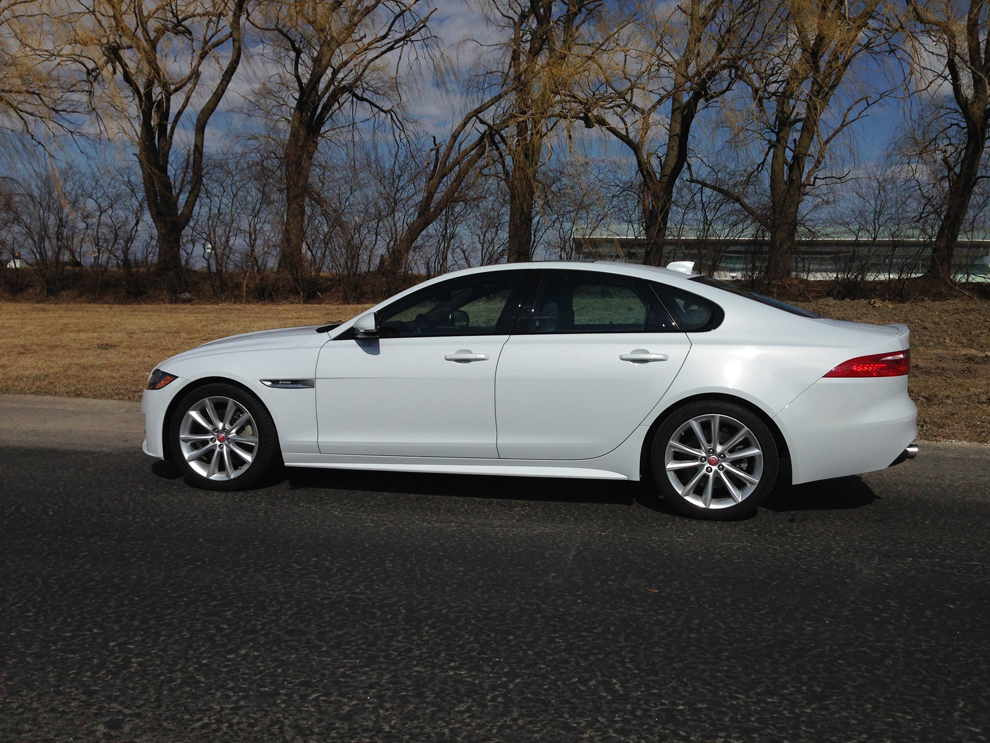
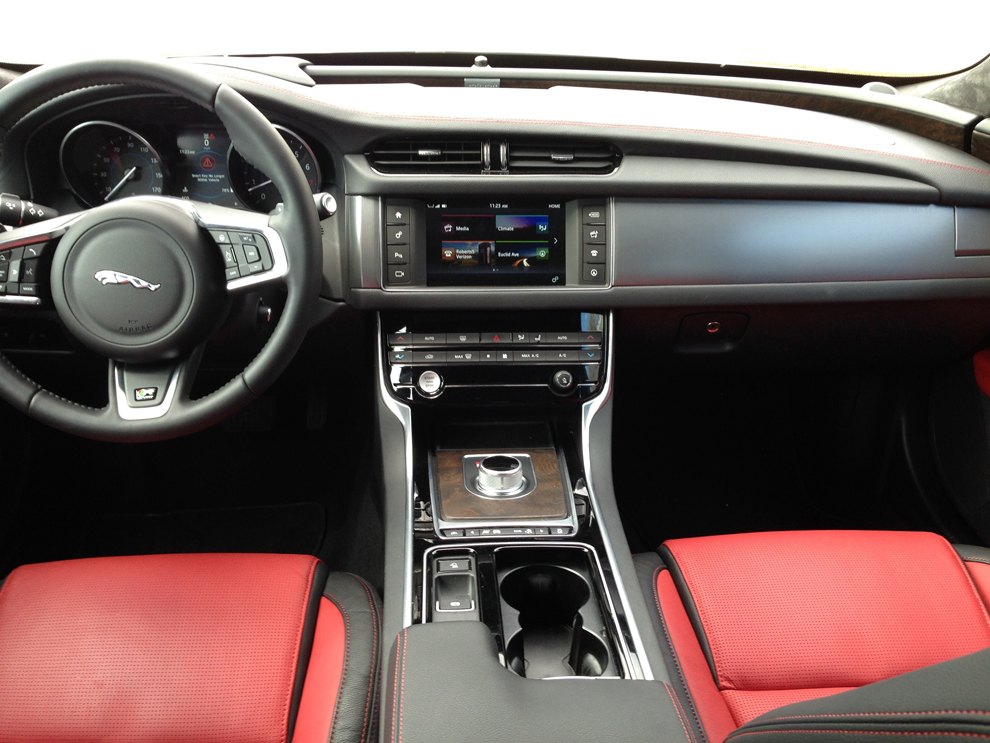
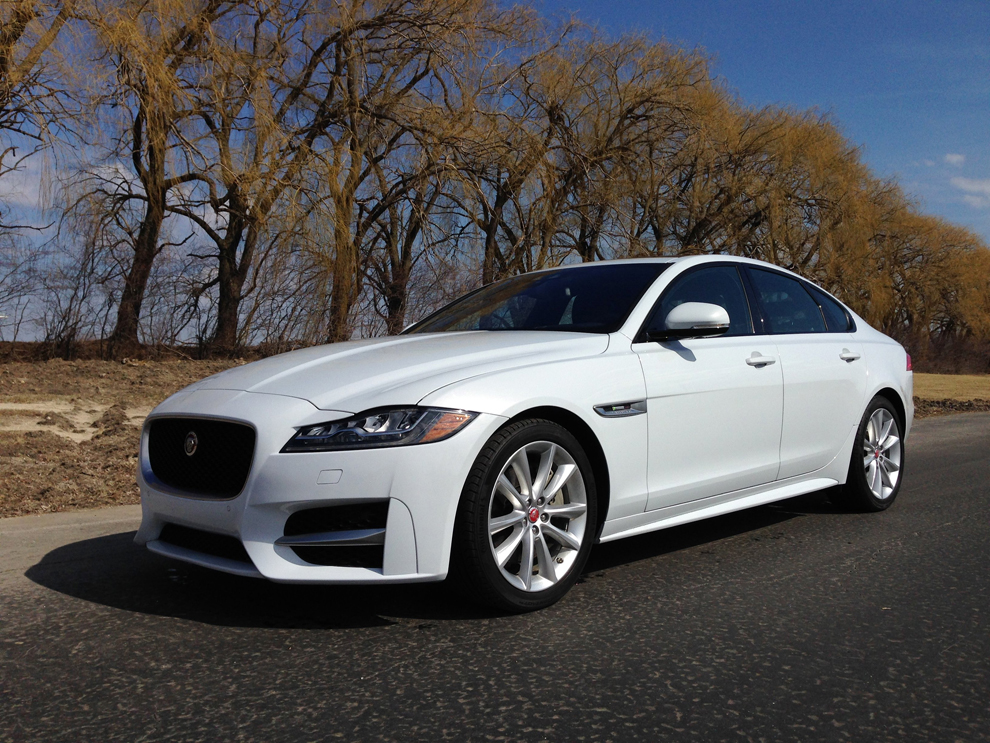
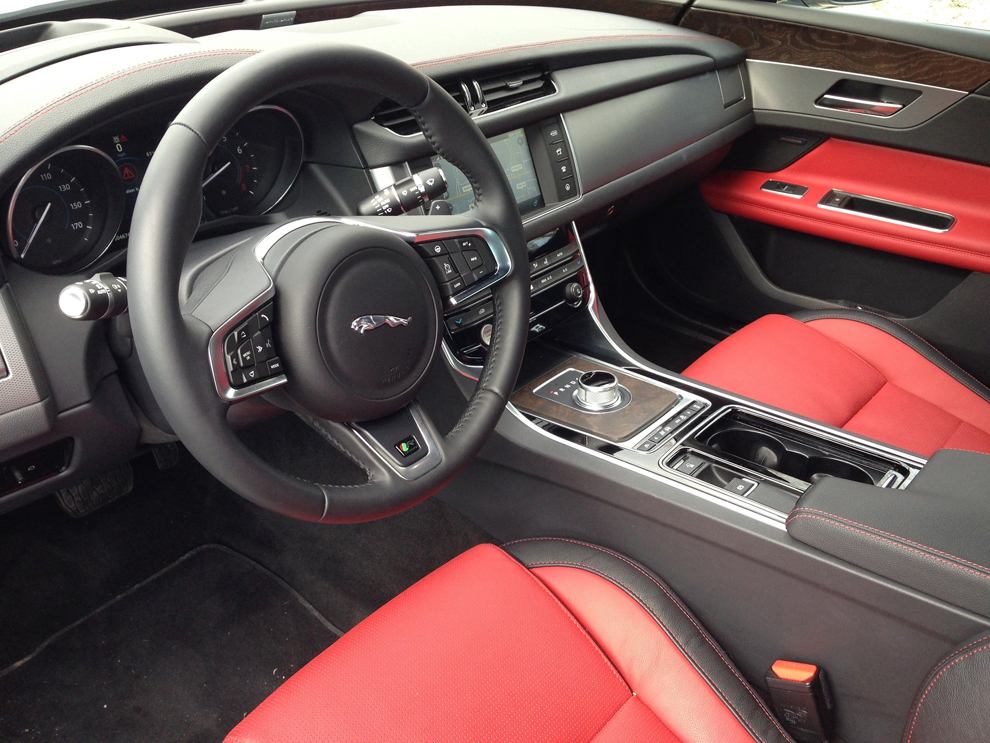
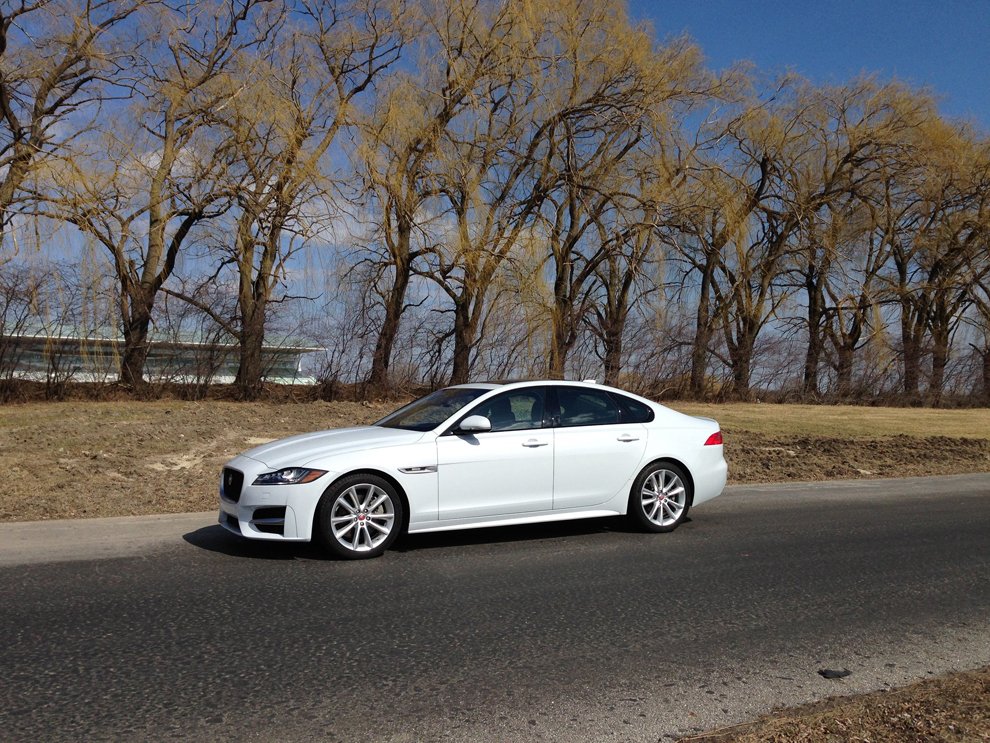
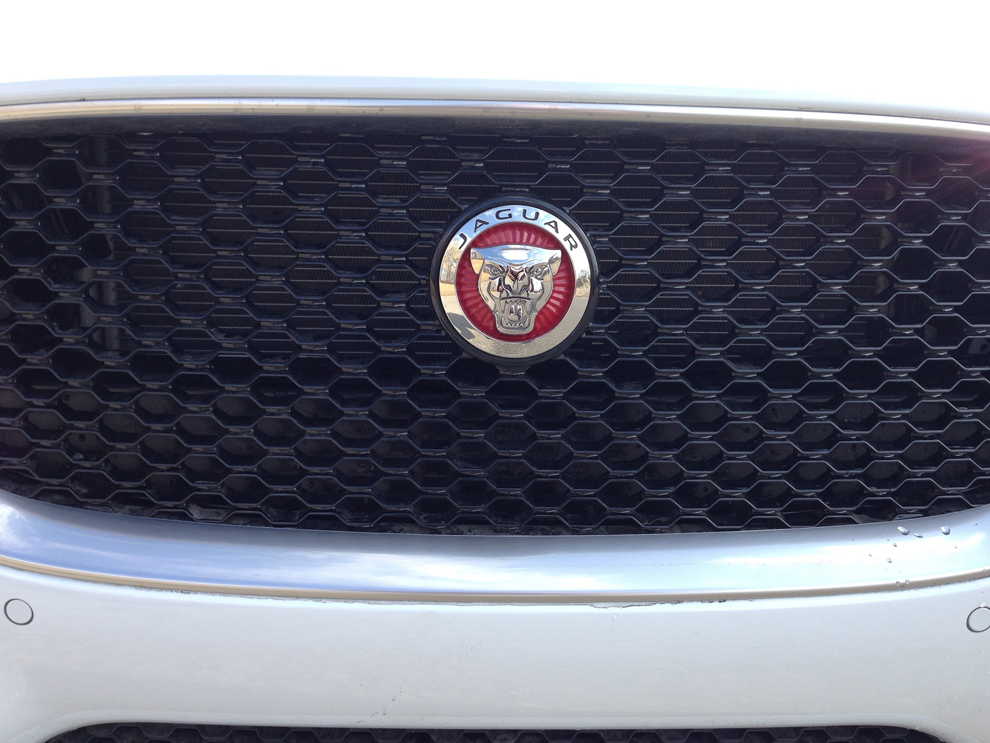

Success. Please wait for the page to reload. If the page does not reload within 5 seconds, please refresh the page.
Enter your email and password to access comments.
Hi, to comment on stories you must . This profile is in addition to your subscription and website login.
Already have a commenting profile? .
Invalid username/password.
Please check your email to confirm and complete your registration.
Only subscribers are eligible to post comments. Please subscribe or login first for digital access. Here’s why.
Use the form below to reset your password. When you've submitted your account email, we will send an email with a reset code.